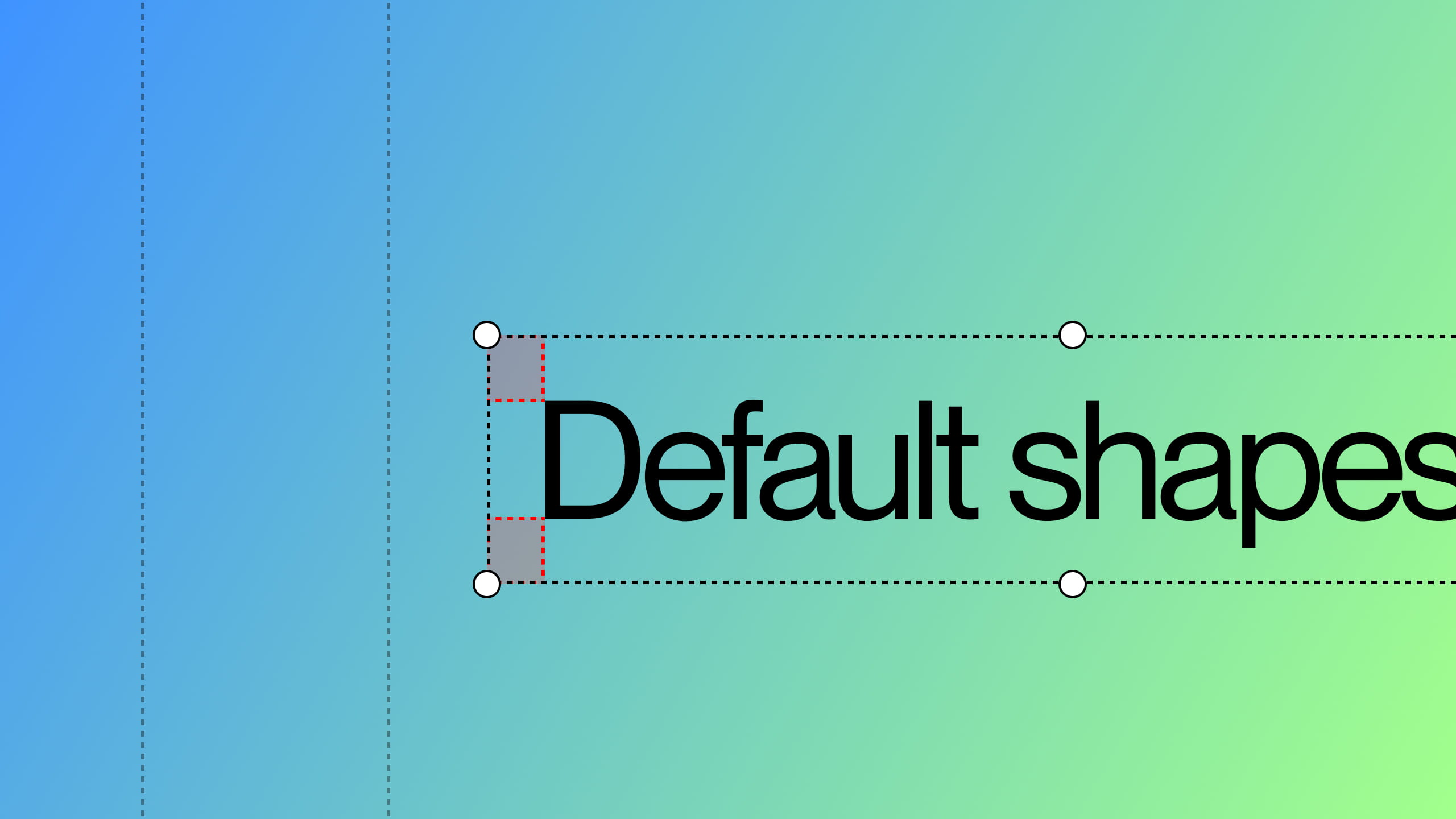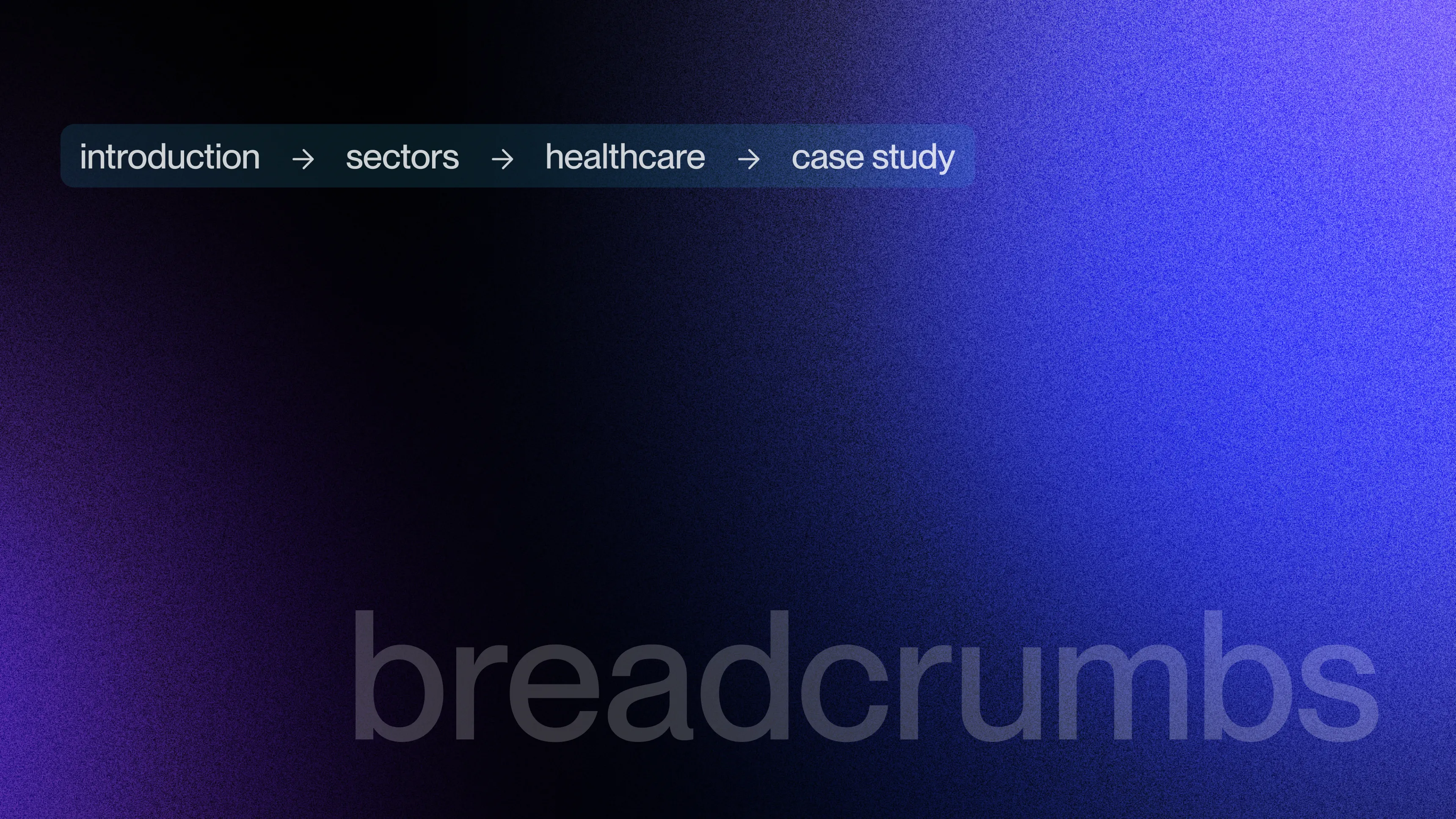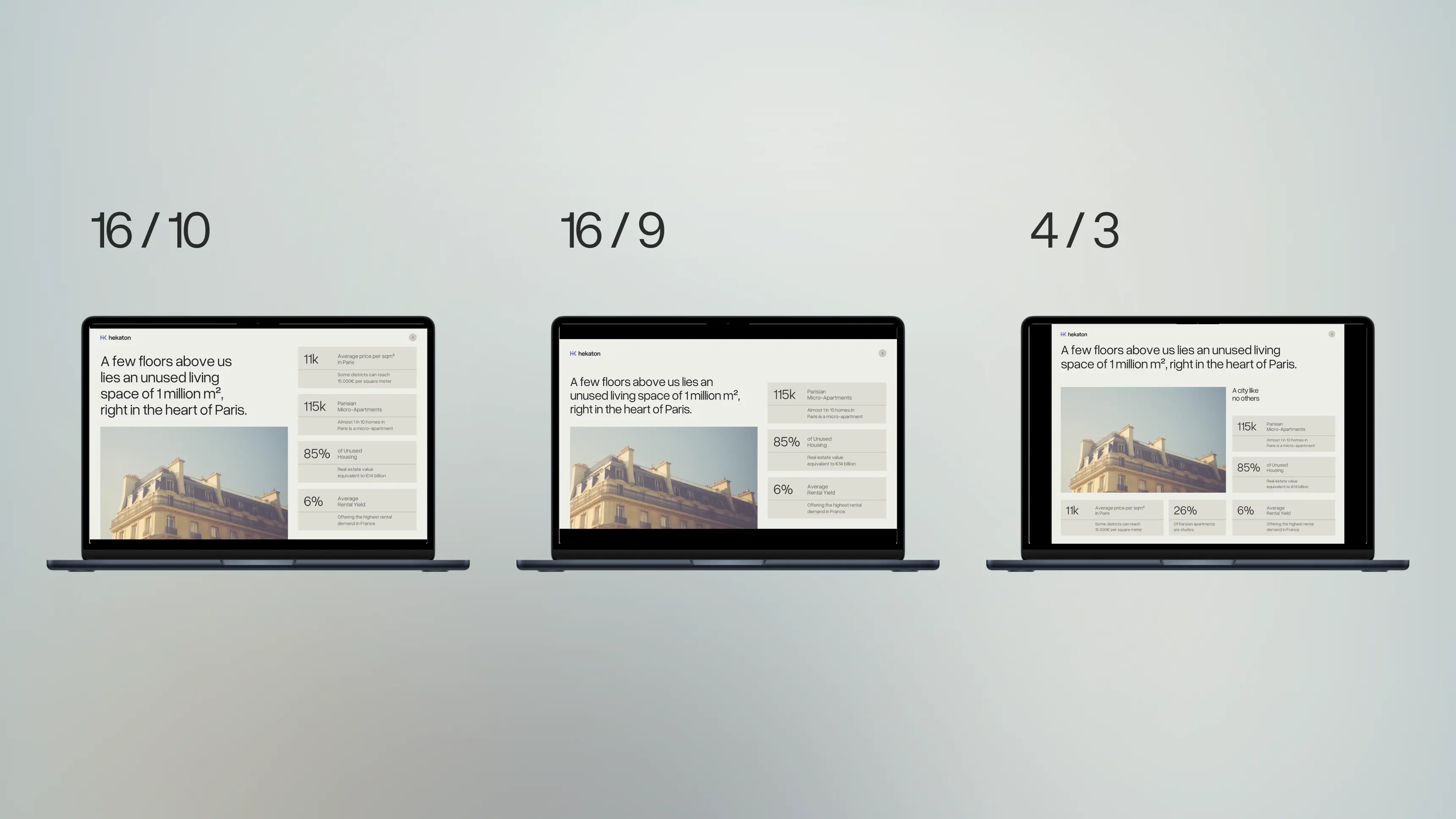Change the default shapes to save time on PowerPoint
Discover a simple tip about PowerPoint
Author
Gaëtan Spiga
Updated on
January 29, 2025
Created on
January 28, 2025
Category
Tutorials


PowerPoint is a powerful tool, but the way the default documents are configured is not necessarily the most suitable for the most common uses, which can waste time but also cause user frustration. By working on a PowerPoint presentation, you will not escape the formatting/modification of the various elements that make up your slides (shapes, text boxes, etc...). Here are some tips and tricks for adapting PowerPoint for your use.
Set a default text box on PowerPoint
Note that when creating a new text field, internal margins shift your text, preventing you from properly aligning it with other elements on your slide.

Fortunately, you can delete these by right-clicking on your text field, then Shape format. In the right pane, click on the tab Text options, then the button Text box just below to access margin settings. Set all four margins to 0 cm.

However, it is quickly painful to have to do this manipulation again with each new text field. Fortunately, you can configure them by simply right-clicking on the shape containing your text (be sure to click the shape selection box and not directly the text) then on the option Set as default text box. This feature allows you to configure the default appearance of all text fields that you create in the future. In this way, take the opportunity to also change the font, color, or size to make them correspond to your average use (generally it is your body of text that you will use most commonly). This way, you no longer need to manually reconfigure your text blocks every time you create new ones.
If you are looking for a professional to help you, you can consult our agency powerpoint.
Define a default shape and line
In a similar way, each time you insert a new geometric shape (rectangle, ellipse, free form, etc.), PowerPoint adds a fairly unaesthetic outline by default. If you don't plan to use shape outlines (or only a few) in your presentation, you can simply remove it from your shape (Right click >Shape format>Contour >No lines) then in the same way as for the text field: right click >Set as default shape. You can also configure a default color (or gradient) for your shapes, or any other type of formatting (shadow, glow, 3D effects) as well as the behavior of the texts directly entered inside your shapes (these are independent of the behavior of the text fields).
In addition, if you frequently use lines in your presentation, you can configure them for your most common use, according to their color or thickness (always via the same menu accessible via right click > F).Shape format). Another parameter that is less obvious but just as practical is the type of end of the line:

You have 3 options to choose from: Flat (default option), Square or rounded, each with its own specificities.

We can see here that as soon as it comes to combining several traits (to form diagrams or connect different blocks together for example), the default option has visual imperfections. Opting for square ends allows you to get clean right angles when you place two lines perpendicular, but you will always have errors when your lines do not form a right angle. The rounded ends make for a good look for any angle, but your right corners will always be rounded, which may not suit the visual style of your presentation. Once you have made your choice, save the default formatting of your line by right-clicking on it, then Set as default trait.
Save your file
If the presentations you create often use the same principles, you can save this file as a work base, to be used again during each new project. So you won't have to do each of these steps again during your next presentations. You can also save these settings in PowerPoint to be able to use them again when creating a new presentation.
Bonus: to go further
If your goal is to create your perfect base, there are other settings that you can change in order to further optimize your saved file (or theme). First, you can set up theme colors which will allow you to have your own color selection by default when creating new presentations and thus free yourself from the default PowerPoint colors that are not the most beautiful. In the same way, you can embed and save theme fonts in the PowerPoint mask. Finally, you can rework the default PowerPoint mask to make it match your habits: Go to the menu Display and select Slide master. A certain number of layouts are then displayed, feel free to remove those that seem useless to you.

Then rework the essential objects (font formatting, color, position of titles and text boxes, you can even add background images if you want) at your convenience. You can also take advantage of it for Define a default slide transition.

Just like the characteristics of shapes, text boxes, lines that we discussed at the beginning of the article, the various changes we have just made in the slide master mode can also be saved in your working base file (or theme).

.svg)



















